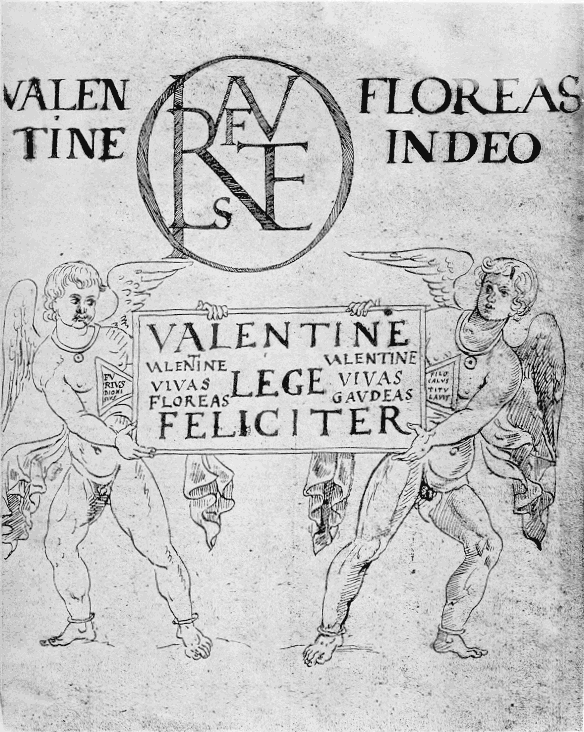 I have mentioned here before Roger Pearse's public-spirited project to publish in translation as many late ancient and early Christian primary sources as he legally can. Roger is an Internet hero.
I have mentioned here before Roger Pearse's public-spirited project to publish in translation as many late ancient and early Christian primary sources as he legally can. Roger is an Internet hero.His most recent publication might be of interest to some readers: it's the kind of thing that you might never hear of unless you were a specialist in late ancient historiography (that's how I came across it first): The Chronography of 354.
This work, which is unique is an almanac including various calendars and chronological lists commissioned by or presented to a man (presumably a man who lived in Rome) named Valentinus. The original, which no longer exists, was a real luxury product, including fancy calligraphy and lavish illustrations. (The illustration that you see above and the others preserved in various manuscripts are copies made in the Renaissance, a thousand years after the originals were made.)
What I found most interesting about the almanac when I first looked at it, is that it gave me a look at what aristocrats in mid-fourth-century Rome thought was important. Some of the material is Christian -- lists of bishops of Rome, lists of local martyrs -- but a lot of the visual material seems completely strange (pagan?) to my later eyes. A non-graphic example of surprising material can be seen in the Philocalian Calendar, part 6 of the Chronography, which gives all the official holidays, Senate meetings, good and bad luck days, observed in the city. Likewise part 16, the Chronicle of the City of Rome gives a summary of what local leaders might be expected to know of the history of the city and to a very limited extent, the empire. Have a look and see how much of this "Roman History" you've heard of!
No comments:
Post a Comment